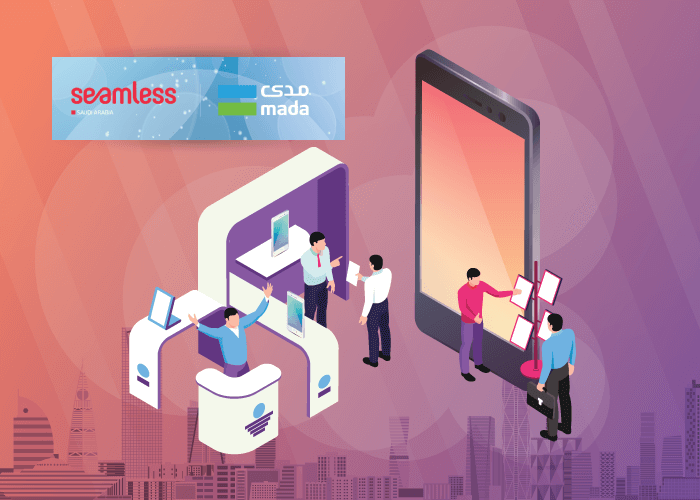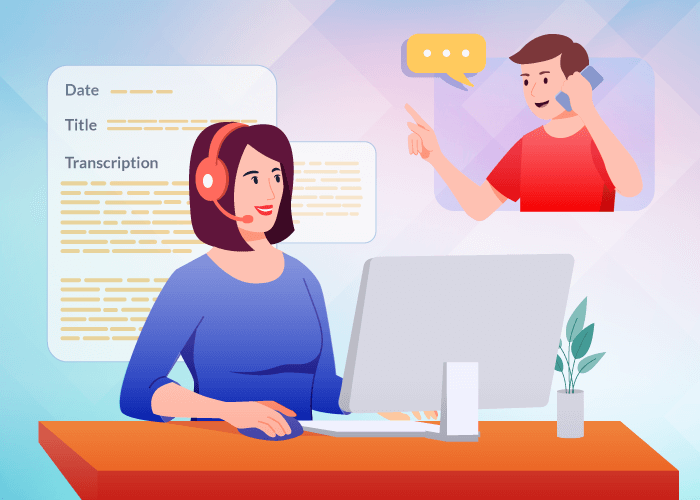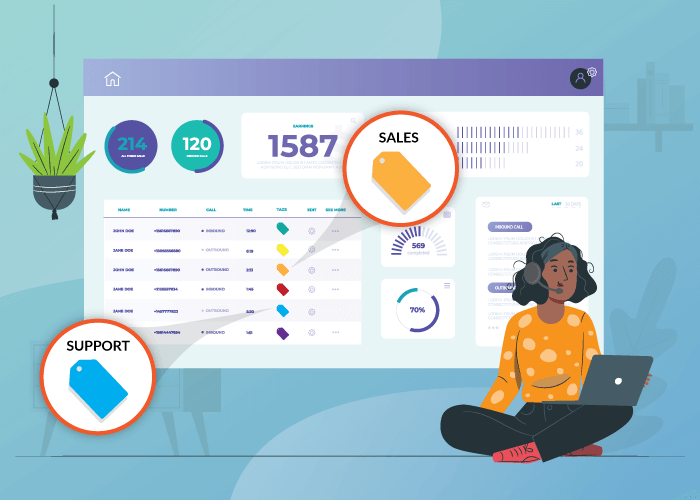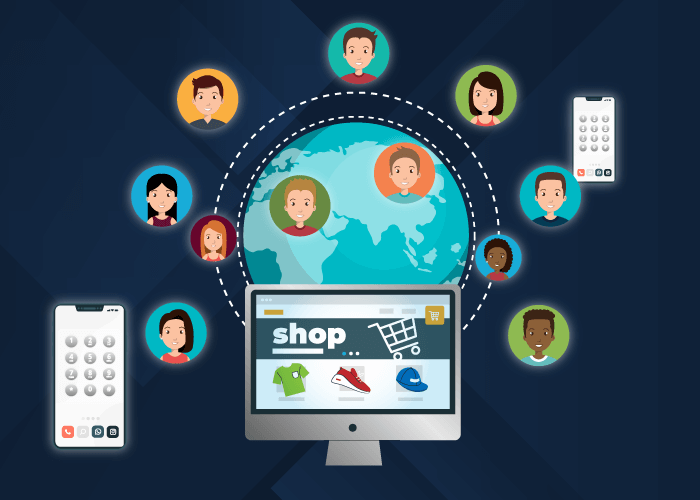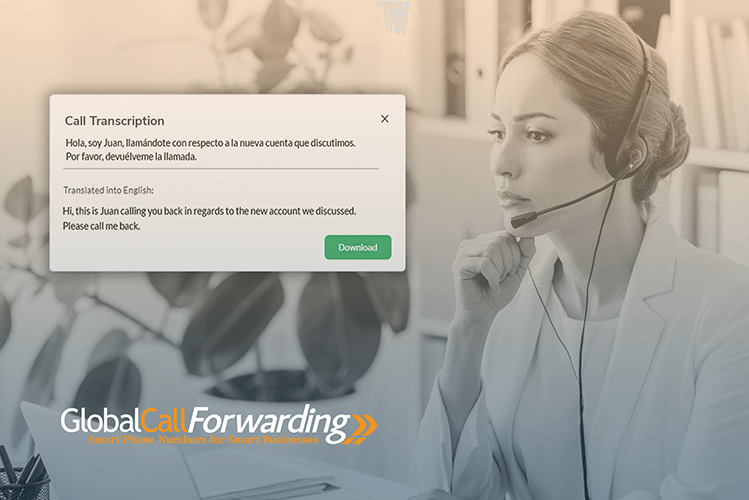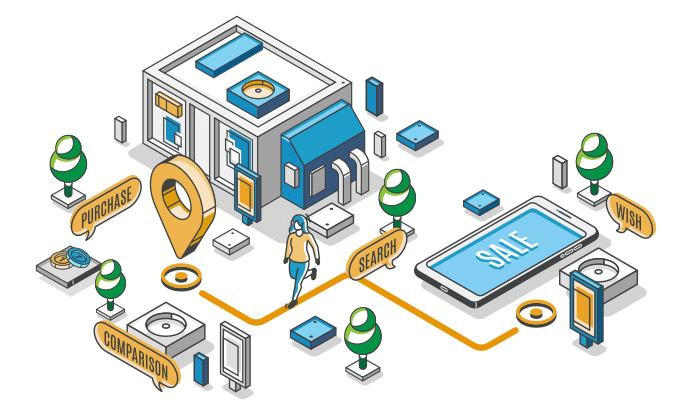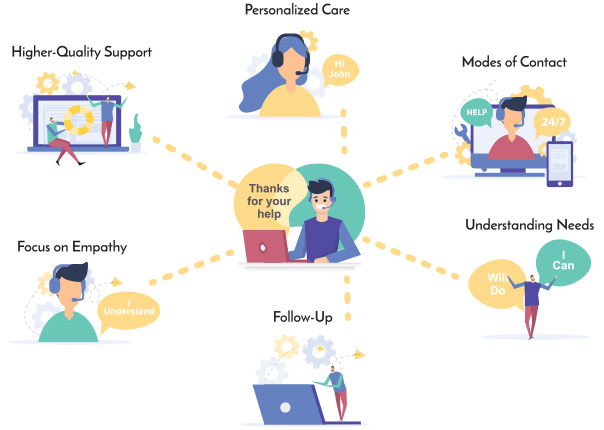As a society, we have always been fascinated with storytelling. We like to know where we started, who we were, and how far we have come. The essence of such storytelling and journey mapping is simple — we want to know how we got where we are. This process of mapping out a story or journey spills into the business world. Businesses pay close attention to their customers’ journeys and how they arrive at a company. This is called customer journey mapping.
Customer Journey Mapping: How Does it Work?
Companies develop entire marketing plans around the movements of their customers. Of course, they have to map these movements to ensure their strategy is working. That’s where customer journey mapping can help.
So, what is customer journey mapping? Mapping customer journeys helps businesses tell the story of how their customers travel across their brands. For example, customers may interact with a specific business through their exhibitions, marketplaces, webinars, website, social media, email, chat, etc. These are the different touchpoints that customers may pass through which a customer connects with your brand. Customer journey mapping is the process of creating a visual strategy of how your customer travels through your business from their perspective. By doing this exercise, you can identify common pain points and strategize ways to improve customer experience.
Tracking your customer’s journey can be a complicated yet powerful process. Such tracking can help map out precisely where your customers are, where your business is excelling, and where improvements are possible.
Let’s take a more in-depth look at what customer journey mapping is and how and why you should use it.
Why You Should Pay Attention to Customer Journeys
The vast majority of organizations don’t struggle to gather data. What they struggle with is understanding the frustrations and personal experiences of their customers. Understanding common customer pain points and their behaviors and expectations is crucial to the success of any business.
Tailoring to Meet Customer Expectations
Small to medium-sized businesses should map out customer journeys to identify ways to improve their service and product. For example, customers currently expect to connect with a company not only by phone calls but through email, live chat, social media, and even text messaging. As such, if your business does not offer omnichannel support, you may be missing out on a huge demographic. Another example is including customization and personalization. Stock emails and scripted messages won’t have the same effect as personalized messages and recommendations based on customer interaction.
Discovering a New Customer Base
Without closely watching customer journeys, you might miss out on key demographics and psychographics. When paying attention to the buyer journey and how certain customers arrive at your business and navigate through to purchase, you might discover a new customer base. Your marketing team can then devise strategies to appeal to this target audience and grow your customer base.
Providing Proactive Customer Service
Lastly, since your team’s priority is to identify and improve customer pain points, your business can take a more proactive approach to solve ongoing and new customer issues. You can also identify key touchpoints where customers welcome additional support and interaction. The bottom line is that you can use customer journey mapping to create customer-centric strategies.
How to Map Your Customer’s Journey
Customer journey mapping creates a framework that enables organizations to provide a better customer experience. To do this, you must document the customer experience from start to finish and identify potential improvements.
For example, if you own a coffee shop, you’d want to know what brought the customer in (i.e., Stage 1). Did they see an ad on Facebook? Did a friend tell them about your shop? Next, you’d want to know who helped them, who they had contact with, and how that exchange went. Was it pleasant? Then, you’ll want to know what motivated them to make a purchase. Was it the informative content on your website or in your email campaigns? Also, you’ll want to know what they thought of your product (the coffee) and whether or not they’d come back.
Using real-time information supplied by customer feedback is a step above surface-level data. Information and insights gained in these areas and across these touchpoints can help you visualize customer experience better.
Customer journey mapping does this all with the help of visual aids. Most maps are presented as infographics for easier digestion. Dimensions such as touchpoints, goals, and customer feedback are priceless to create an accurate customer journey map.
Tips for Creating Customer Journey Maps
Customer journey mapping should focus on building valuable insights and putting them in quantifiable maps. Identify your key touchpoints and factors that affect buyer journeys for your whole business or specific products.
Some questions to consider when mapping out the buyer journey include:
- What is the customer thinking or feeling? Is something guiding their motivation or action?
- What is the action?
- What is their touchpoint with the business? (Examples: social media, paid ads, local directories, email, etc.)
- Are there any changes that can be made to this step to improve customer experience?
- What steps are needed to make this change?
Here are a few tips to help you do that:
1: Incorporate customer satisfaction measures.
2: Decide on the behavioral stages and develop data based on each stage.
3: Customize the journey map to match your audience (stakeholders might want different information than marketing departments, etc.)
4: Isolate your customers’ goals.
5: Identify key touchpoints (where do customers interact directly with your company?)
6: Get specific. Interact with your customers, survey them, and find out precisely when and how they get in touch with your business.
How to Use Customer Journey to Improve Marketing
The goal for any organization using customer journey mapping is to isolate the customer’s goals and perspectives and then use these insights to create a strategic and successful plan. An excellent customer journey map captures your customer’s experience concerning their needs and expectations. It helps you figure out how you stack up and exposes gaping holes in your strategy.
Essentially, they provide profound insight and create actionable steps for your organization. They show positive and negative interactions and help you replace those negative customer experiences with more positive and helpful ones.
By mapping out customer journeys and experiences, you can attempt to provide convenient and personalized service at every crucial touchpoint. Furthermore, you can create more accurate buyer personas for each step of your sales funnel. In short, mapping out customer journeys can support your inbound marketing efforts.
Related: Toll-Free Numbers for Marketing Campaigns
Using Customer Journey Mapping to Move Forward
Understanding how your customers interact with your products, service, or business helps your team take actionable steps towards an enhanced customer experience. It gives you the knowledge needed to expand and improve upon what you already offer. Clearly defining your audience, gaining greater insight into the customer lifecycle, and combining this knowledge with your team leads to tremendous business success. Use customer journey maps to ensure customers remain with your brand long-term while building strong client relationships.

